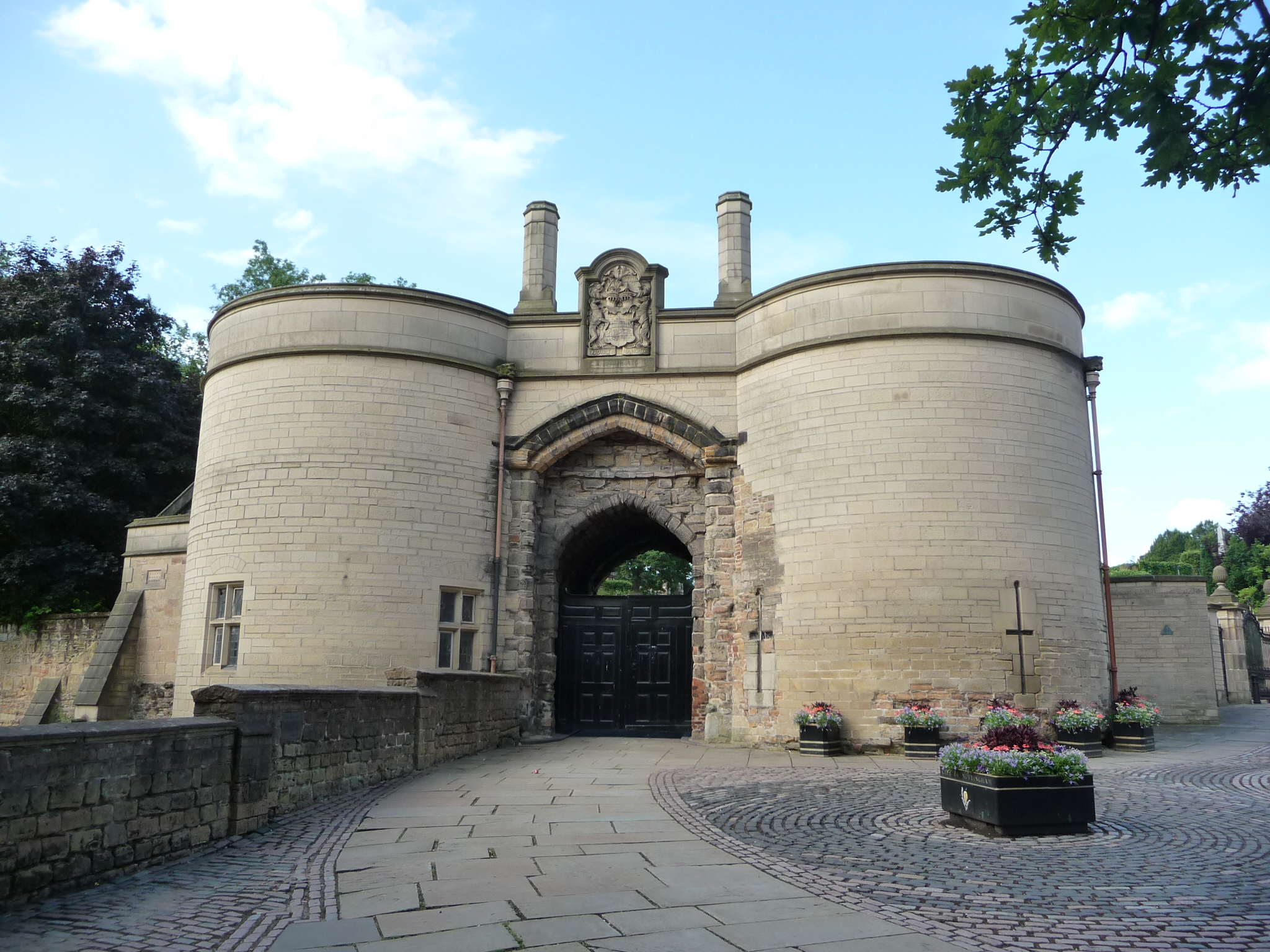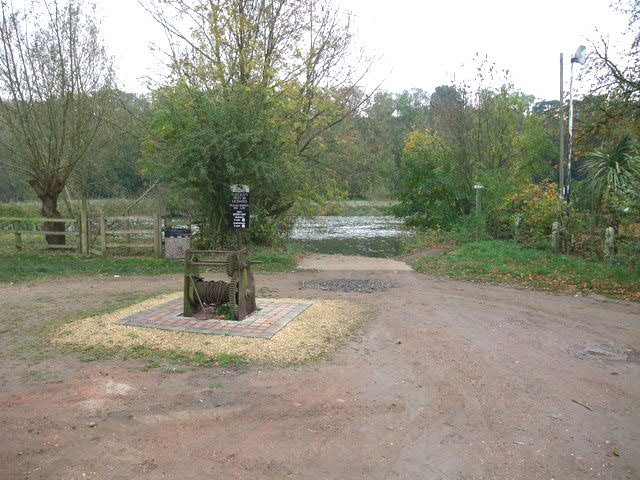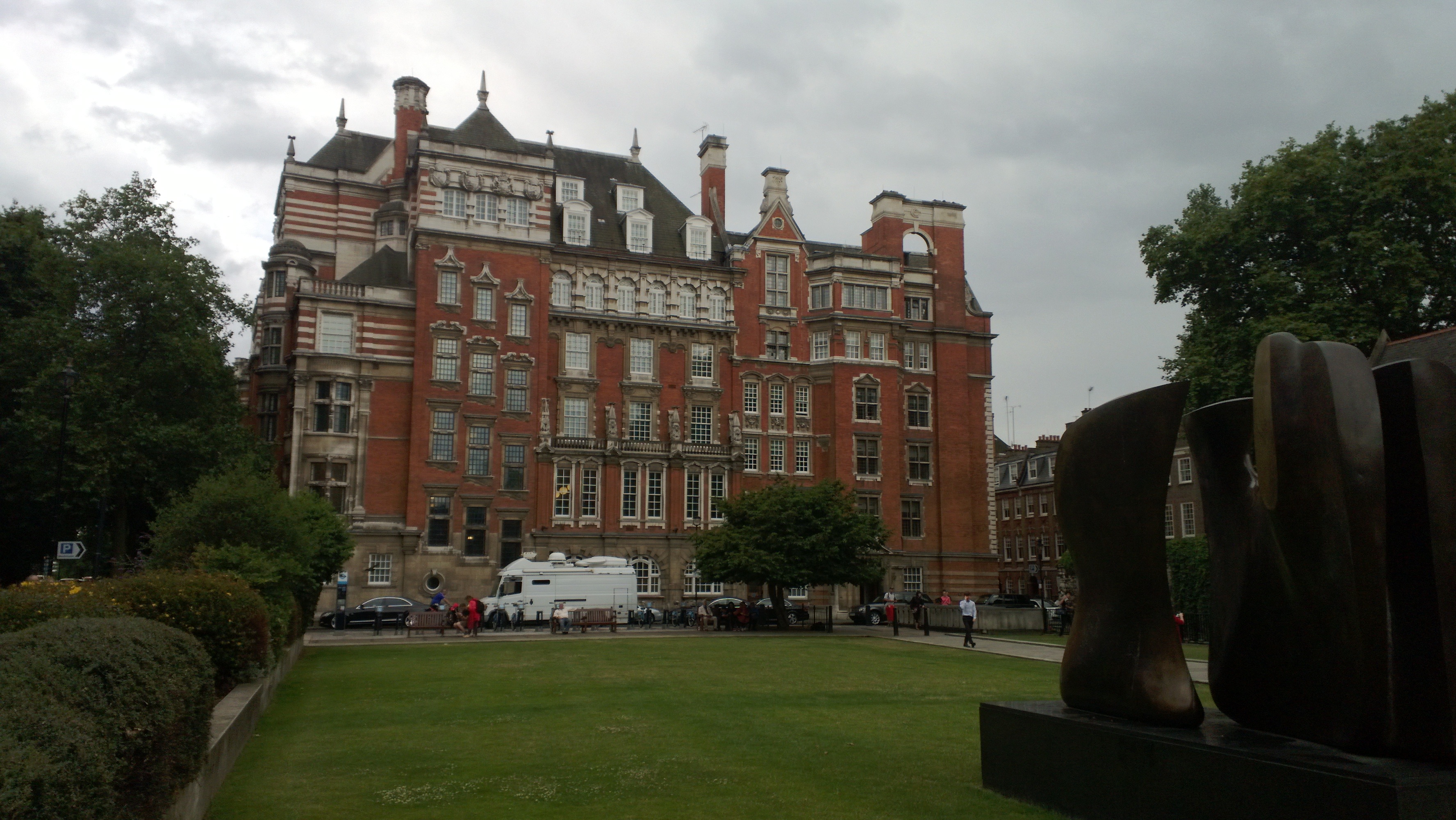|
Halloughton
Halloughton is a Hamlet (place)#United Kingdom, hamlet and civil parish in Nottinghamshire, England, 9 miles west of Newark-on-Trent. It lies in the district of Newark and Sherwood. Most of the property there was owned by the Church Commissioners until 1952. The resident population of the parish was 65 at the 2021 United Kingdom census, 2021 census. Historic buildings The St James' Church, Halloughton, parish church of St James was rebuilt in 1879–1882. Halloughton Manor House is a 13th-century prebendal house of the college of Southwell. Its medieval tower house is now incorporated into a farmhouse built in the late 18th century. Most of the farms and properties in the parish were owned by the Church Commissioners until 1952, when they were put for sale to their sitting tenants. Governance Halloughton, as a small village, holds an annual parish meeting, rather than running a parish council. It lies in the district of Newark and Sherwood and the UK parliamentary constituency ... [...More Info...] [...Related Items...] OR: [Wikipedia] [Google] [Baidu] |
Listed Buildings In Halloughton
Halloughton is a civil parish in the Newark and Sherwood district of Nottinghamshire, England. The parish contains five Listed building#England and Wales, listed buildings that are recorded in the National Heritage List for England. Of these, one is at Grade II*, the middle of the three grades, and the others are at Grade II, the lowest grade. The parish contains the village of Halloughton and the surrounding area. All the listed buildings are in the village, and consist of a farmhouse, farm buildings and a church. __NOTOC__ Key Buildings References Citations Sources * * * * * * * {{DEFAULTSORT:Halloughton Lists of listed buildings in Nottinghamshire ... [...More Info...] [...Related Items...] OR: [Wikipedia] [Google] [Baidu] |
St James' Church, Halloughton
St James' Church, Halloughton is a Grade II listed parish church in the Church of England in Halloughton. History The church dates from the 13th century. It was restored between 1879 - 1882 by Ewan Christian. It is in a joint parish with: * St Mary's Church, Bleasby * St Michael's Church, Hoveringham * Priory Church of St. Peter, Thurgarton See also *Listed buildings in Halloughton Halloughton is a civil parish in the Newark and Sherwood district of Nottinghamshire, England. The parish contains five Listed building#England and Wales, listed buildings that are recorded in the National Heritage List for England. Of these, ... References Church of England church buildings in Nottinghamshire Grade II listed churches in Nottinghamshire {{England-church-stub ... [...More Info...] [...Related Items...] OR: [Wikipedia] [Google] [Baidu] |
Newark And Sherwood
Newark and Sherwood is a Non-metropolitan district, local government district in Nottinghamshire, England. It is the largest district by area in the county. The council is based in Newark-on-Trent, the area's largest town. The district also includes the towns of Southwell, Nottinghamshire, Southwell and Ollerton along with a large rural area containing many villages. Much of the district lies within the ancient Sherwood Forest and there are also extensive forestry plantations in the area. The neighbouring districts are Borough of Rushcliffe, Rushcliffe, Borough of Gedling, Gedling, Ashfield District, Ashfield, Mansfield District, Mansfield, Bassetlaw District, Bassetlaw, West Lindsey, North Kesteven, South Kesteven and Borough of Melton, Melton. In 2021 it had a population of 123,383. History The district was created on 1 April 1974 under the Local Government Act 1972, covering three former districts which were all abolished at the same time: *Municipal Borough of Newark, Newark ... [...More Info...] [...Related Items...] OR: [Wikipedia] [Google] [Baidu] |
Nottingham–Lincoln Line
The Nottingham–Lincoln line, marketed as the Castle line, is a railway line in central England, running north-east from Nottingham to Lincoln. History The Nottingham to Lincoln line was built by the Midland Railway and engineered by Robert Stephenson. The contractors for the line were Craven and Son of Newark and Nottingham who also built many of the stations. Lincoln railway station was built by the contractor Mr. Burton of Lincoln. The line was inspected by General Pasley on 31 July 1846 and opened on 4 August 1846. Originally the line ended at Lincoln Midland station (later renamed St. Marks) which was built as a terminus. The line was later extended to a junction just east of Lincoln Central railway station (the former Great Northern station), enabling through running from Nottingham to the South Humber ports and Cleethorpes. This extension led to over a hundred years of pedestrian and driver frustration in central Lincoln because there were two mainline level crossings ... [...More Info...] [...Related Items...] OR: [Wikipedia] [Google] [Baidu] |
Bleasby Railway Station
Bleasby railway station serves the village of Bleasby, Nottinghamshire, England. It is on the Nottingham to Lincoln Line, owned by Network Rail and managed by East Midlands Railway. History The station was opened on 4 August 1846 by the Midland Railway. The original station buildings were designed by Thomas Chambers Hine. The station was taken over by the London, Midland and Scottish Railway in 1923, and by British Rail in 1948. It is now managed by East Midlands Railway. Stationmasters *George Williamson ca. 1857 - 1886 *James B. Palmer 1886 - 1891 *Job Frederick Fisher 1891 - 1898 (formerly station master at Bolsover Castle, afterwards station master at Thurgarton) *Arthur Edward Kind 1898 - 1899 (afterwards station master at Collingham) *Ebenezer Tagg 1900 - 1904 *George Ernest Aiers 1904 - 1907(afterwards station master at Lowdham) *George Butler from 1907 (formerly station master at Lowdham) *George Stapleton ca. 1911 *G.W. Jay ca. 1914 *J.J. Williams from 1921 *Mr. H ... [...More Info...] [...Related Items...] OR: [Wikipedia] [Google] [Baidu] |
Nottingham
Nottingham ( , East Midlands English, locally ) is a City status in the United Kingdom, city and Unitary authorities of England, unitary authority area in Nottinghamshire, East Midlands, England. It is located south-east of Sheffield and north-east of Birmingham. Nottingham is the legendary home of Robin Hood and to the lace-making, bicycle and Smoking in the United Kingdom, tobacco industries. The city is also the county town of Nottinghamshire and the settlement was granted its city charter in 1897, as part of Queen Victoria's Diamond Jubilee celebrations. In the 2021 United Kingdom census, 2021 Census, Nottingham had a reported population of 323,632. The wider conurbation, which includes many of the city's suburbs, has a population of 768,638. It is the largest urban area in the East Midlands and the second-largest in the Midlands. Its Functional Urban Area, the largest in the East Midlands, has a population of 919,484. The population of the Nottingham/Derby metropolitan a ... [...More Info...] [...Related Items...] OR: [Wikipedia] [Google] [Baidu] |
A612 Road
The A612 road is an A-class road in the United Kingdom running between Nottingham and Averham, on the A617 near Newark. It starts in central Nottingham at a junction with the A60. Initially running east, as Pennyfoot Street, before a right turn sees it head southwards onto Manvers Street, a 4 lane single carriageway which was formerly a B road ( B685). The road then crosses the main railway line out of Nottingham to the east over an early 1990s bridge (which again is 4 lane) before meeting Meadow Lane (here unclassified for approximately 100 metres, but further on the A6011) at a triangular roundabout. After leaving the roundabout the road is two-lane dual carriageway with a speed limit for approximately . A further roundabout with Trent Street by a call centre for Virgin Media sees a change to 2 lane single carriageway, as it is for the remainder of its length, retaining the limit. After a further roundabout at Nottingham Racecourse, the limit changes to the national spe ... [...More Info...] [...Related Items...] OR: [Wikipedia] [Google] [Baidu] |
Bleasby, Nottinghamshire
Bleasby is a village and civil parish in Nottinghamshire, England, located 15 mi northeast of Nottingham. It has a population of 804 for the 2001 census, increasing to 824 (and including Goverton) at the 2011 census, and 840 at the 2021 census. The village was served by a post office until early 2015, railway station and tea shop. The Saxon charter of 956 records Bleasby as ''Blisetune'', named after a Danish soldier Blesi and tun the Anglo-Saxon word for settlement. Bleasby was the childhood home of William Booth, the founder of The Salvation Army. Hazelford Ferry Before the building of the first Gunthorpe Bridge in 1875, it was an important crossing point over the River Trent at the Hazelford Ferry (). This was the main route to Lincoln and the coast at Grimsby avoiding expensive bridges at Newark and Nottingham. The ferry continued operating until well after the second world war as a recreational facility as it was adjacent to The Star & Garter public house. Th ... [...More Info...] [...Related Items...] OR: [Wikipedia] [Google] [Baidu] |
River Trent
The Trent is the third Longest rivers of the United Kingdom, longest river in the United Kingdom. Its Source (river or stream), source is in Staffordshire, on the southern edge of Biddulph Moor. It flows through and drains the North Midlands into the Humber Estuary. The river is known for dramatic flooding after storms and spring snowmelt, which in the past often caused the river to change course. The river passes through Stoke-on-Trent, Stone, Staffordshire, Rugeley, Burton-upon-Trent and Nottingham before joining the River Ouse, Yorkshire at Trent Falls to form the Humber Estuary, which empties into the North Sea between Kingston upon Hull in Yorkshire and Immingham in Lincolnshire. The wide Humber estuary has often been described as the boundary between the Midlands and the north of England. Name The name "Trent" is possibly from a Romano-British word meaning "strongly flooding". More specifically, the name may be a contraction of two Romano-British words, ''tros'' ("over" ... [...More Info...] [...Related Items...] OR: [Wikipedia] [Google] [Baidu] |
2021 United Kingdom Census
1 (one, unit, unity) is a number, Numeral (linguistics), numeral, and glyph. It is the first and smallest Positive number, positive integer of the infinite sequence of natural numbers. This fundamental property has led to its unique uses in other fields, ranging from science to sports, where it commonly denotes the first, leading, or top thing in a group. 1 is the unit (measurement), unit of counting or measurement, a determiner for singular nouns, and a gender-neutral pronoun. Historically, the representation of 1 evolved from ancient Sumerian and Babylonian symbols to the modern Arabic numeral. In mathematics, 1 is the multiplicative identity, meaning that any number multiplied by 1 equals the same number. 1 is by convention not considered a prime number. In Digital electronics, digital technology, 1 represents the "on" state in binary code, the foundation of computing. Philosophically, 1 symbolizes the ultimate reality or source of existence in various traditions. In math ... [...More Info...] [...Related Items...] OR: [Wikipedia] [Google] [Baidu] |
Nottinghamshire
Nottinghamshire (; abbreviated ''Notts.'') is a ceremonial county in the East Midlands of England. The county is bordered by South Yorkshire to the north-west, Lincolnshire to the east, Leicestershire to the south, and Derbyshire to the west. The largest settlement is the city of Nottingham (323,632), which is also the county town. The county has an area of and a population of 1,154,195. The latter is concentrated in the Nottingham Urban Area, Nottingham built-up area in the south-west, which extends into Derbyshire and has a population of 729,997. The north-east of the county is more rural, and contains the towns of Worksop (44,733) and Newark-on-Trent (27,700). For Local government in England, local government purposes Nottinghamshire comprises a non-metropolitan county, with seven districts, and the Nottingham Unitary authorities of England, unitary authority area. The East Midlands Combined County Authority includes Nottinghamshire County Council and Nottingham City Council. ... [...More Info...] [...Related Items...] OR: [Wikipedia] [Google] [Baidu] |
Church Commissioners
The Church Commissioners is a body which administers the property assets of the Church of England. It was established in 1948 and combined the assets of Queen Anne's Bounty, a fund dating from 1704 for the relief of poor clergy, and of the Ecclesiastical Commissioners formed in 1836. The Church Commissioners are a Charitable organization, registered charity regulated by the Charity Commission for England and Wales, and are liable for the payment of pensions to retired clergy whose pensions were accrued before 1998 (subsequent pensions are the responsibility of the Church of England Pensions Board). The secretary (and chief executive) of the Church Commissioners is Gareth Mostyn. History The Church Building Act 1818 granted money and established the Church Building Commission to build churches in the cities of the Industrial Revolution. These churches became known variously as Commissioners' churches, Waterloo churches or Million Act churches. The Church Building Commission bec ... [...More Info...] [...Related Items...] OR: [Wikipedia] [Google] [Baidu] |



